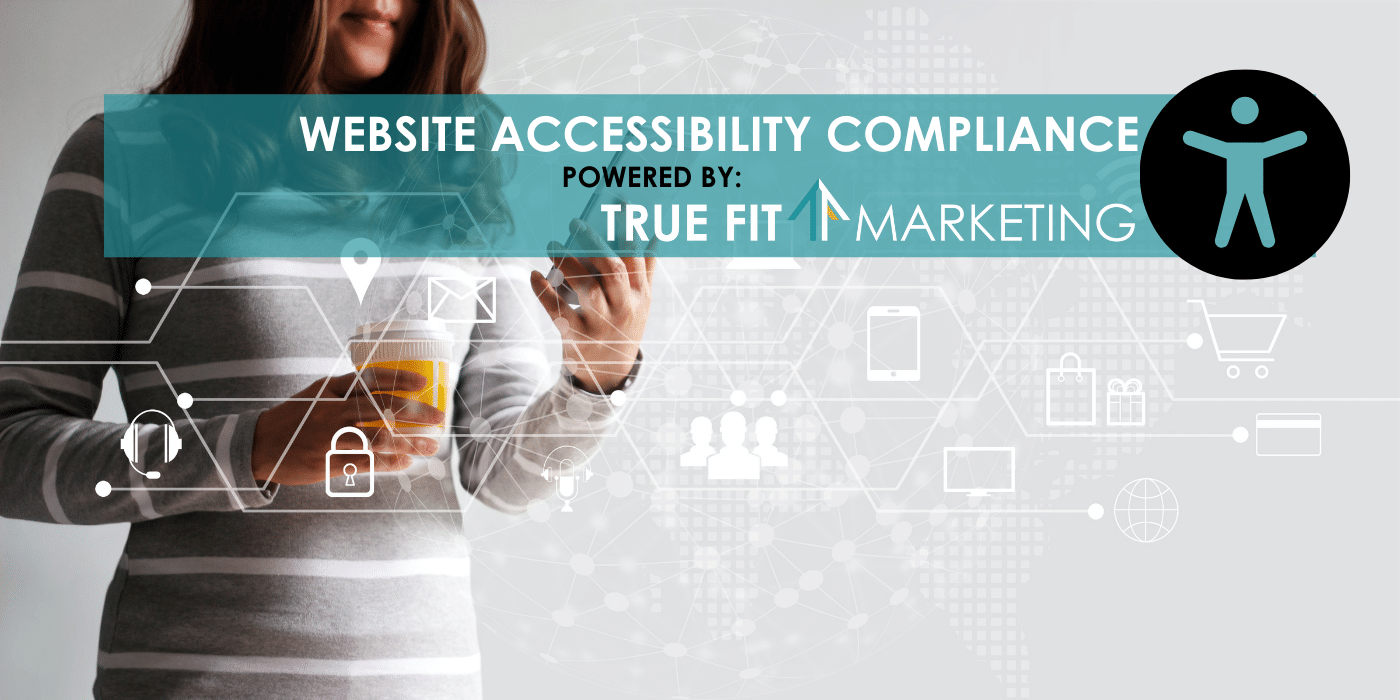Web Accessibility Remediation
According to ADA title III, every business website has to be accessible to people with disabilities, or it will be at risk of being sued and facing unnecessary legal expenses. We offer Web Accessibility Remediation to create ADA compliant websites. This service uses AI and machine learning to create a cohesive environment for all visitors to enjoy our websites.
This service provides:
- ADA, WCAG 2.1 Level AA & Section 508 Compliance
- An accessibility statement and certification of performance
- Ongoing maintenance involving re-scanning of your website every 24 hours.
What is ADA?
To better understand why your website needs to be ADA compliant, it is important to know the history and meaning. ADA stands for the Americans with Disabilities Act. It was signed into law by President George Bush in 1990, and it’s America’s most important law regarding accessibility and civil rights for people with disabilities, including web accessibility.
Essentially, ADA prohibits discrimination against anyone based on ability or disability. It came about after a 2-year campaign to advance civil rights to marginalized groups, including Americans with disabilities. Disability activists and advocates lobbied intensely for laws that would prohibit discrimination, and from 1988 they began to garner cross-partisan support for federal legislation.
What is WCAG?
WCAG stands for the Web Content Accessibility Guidelines. They are the most important guidelines for web accessibility policy and set the standard for web accessibility legislation in most countries around the world.
Founding members included top scientists, and by late 2019, the organization has over 440 members including leaders from business, nonprofit organizations, universities, government entities, and relevant industries.
W3C’s originally focused on standardizing web protocols so that websites and web tools would be compatible with each other. Every W3C standard is reviewed several times, tested, and analyzed before it’s approved by members. Usually, W3C standards have 3 levels of compliance, from A to AAA.
Web accessibility was one of the earliest issues that W3C addressed. The first WCAG was published in 1999, but it was revised in 2008 as WCAG 2.0 and updated again in 2018 in the form we use today.
Bridging The Accessibility Gap:
What does making your site accessible do for your business, your customers, and everyone else?
- It’s the right thing to do: Let’s face it…it’s beyond 2020 and everyone should be included. By making your website accessible for all, you’re giving equal opportunity to access crucial information that significantly helps our everyday lives. 20% of the population needs digital assistance, but only 2% of the internet is accessible.
- Peace of mind from litigation: Our partner currently protects over 100K clients ranging from mom and pops, all the way to Fortune 1000s. There hasn’t been a single client that has been successfully sued due to using this tool. In fact they’ve helped over 4500 clients resolve legal matters relating to accessibility quickly and easily.
- Opportunity & Market: The CDC reports that 61 million Americans are currently registered as disabled with an average annual spending power of $490 billion dollars. Globally, there are 1.3 billion people within the disabled community with an annual spending power of $8 trillion dollars and growing due to population growth.
- Brand Exposure & Awareness: Making your website accessible means that you’re now reaching out to 20% more of the population that was not there before by default. It also means that more people will be talking about your company and attracted to your inclusive ethos. Wouldn’t you want to buy a product or service from an ethically responsible business that cares about its customers?
The History of the Accessibility Gap:
Accessible coded websites from the beginning is an amazing idea but in reality, easy CMS website companies are booming and a vast majority of websites are created through “Drag n’ Drop” so there is no code to even address. Proprietary platforms like these have obstacles for any types of optimizations including ADA Compliance.
Education for the future is important so coders and business owners do get their website accessible from the get go, but… There are over 350 million existing websites live at the moment. No chance to go back and get them all accessible manually. Our plan is to make them accessible from the beginning with AI and machine learning.
